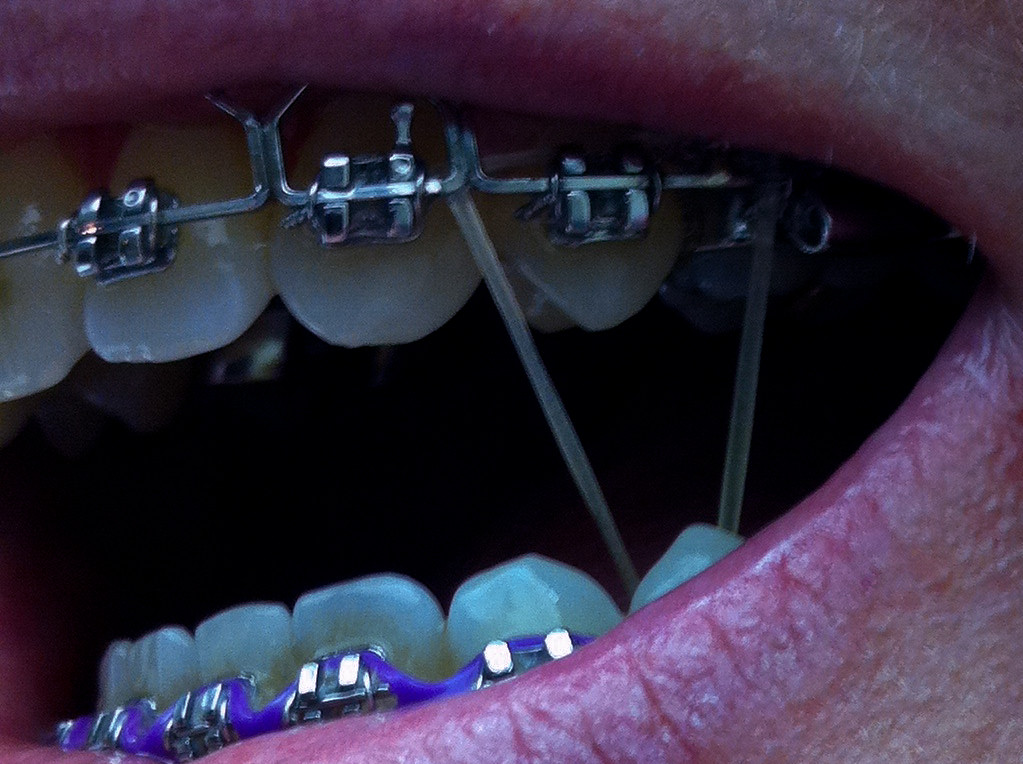The Only Guide to All Star Family Orthodontics
The Only Guide to All Star Family Orthodontics
Blog Article
Not known Details About All Star Family Orthodontics
Table of ContentsNot known Details About All Star Family Orthodontics The 9-Second Trick For All Star Family OrthodonticsAll Star Family Orthodontics Things To Know Before You BuyWhat Does All Star Family Orthodontics Mean?All Star Family Orthodontics Can Be Fun For Everyone

In addition, we supply flexible treatment timetables, adaptable payment alternatives and an enjoyable, satisfying experience.
An orthodontist is a dental practitioner educated to diagnose, stop, and deal with teeth and jaw abnormalities - https://www.metal-archives.com/users/allstarfamilyortho. They fix existing problems and are trained to recognize issues that might establish in the future. Orthodontists work with people of every ages, from youngsters to adults. Individuals typically associate a perfect smile with health.
Malocclusion, or misaligned teeth, can bring about oral issues, including dental cavity, gum illness, and tough or excruciating chewing. Not every person is birthed with straight teeth. If you have a poor bite or large spaces in between your teeth, you may wish to consult a dental practitioner specializing in orthodontic treatment.
Indicators on All Star Family Orthodontics You Should Know
(Image Debt: DigitalVision/Getty Images) Orthodontists utilize dealt with and removable dental devices, like braces, retainers, and bands, to change the placement of teeth in your mouth. Orthodontic therapy is for oral irregularities, including: Misaligned teethBite problems, like an overbite or an underbiteCrowded teeth or teeth that are also much apartJaw misalignmentThe objective of orthodontic treatment is to enhance your bite.
A healthy and balanced bite guarantees you can eat, chew, and speak effectively. While you may believe of orthodontists as mostly for children or teenagers that require dental braces, they can deal with oral problems at any age. Orthodontists participate in university, dental college, and orthodontic college. After graduation, they spend 2 or 3 years in an orthodontic residency program.
All orthodontists are dental practitioners, but not all dental professionals are orthodontists. Orthodontic residency programs provide extensive, focused instruction for dental professionals. They concentrate on 2 areas: Just how to appropriately and securely relocate teeth Exactly how to effectively lead development in the teeth, jaw, and faceOnce an orthodontist has finished training, they have the option to come to be board accredited - https://www.twitch.tv/allstarfamilyortho/about.
The 15-Second Trick For All Star Family Orthodontics
Imbalance, or malocclusion, is one of the most common reason people see an orthodontist. It is genetic and is the outcome of size distinctions between the upper and lower jaw or in between the jaw and teeth. Malocclusion results in tooth congestion, a twisted jaw, or uneven bite patterns. Malocclusion is generally treated with: Your orthodontist affixes steel, ceramic, or plastic square bonds to your teeth.
If you have only small malocclusion, you might have the ability to use clear dental braces, called aligners, instead of conventional braces. Some individuals require a headwear to aid relocate teeth right into line with stress from outside the mouth. After dental braces or aligners, you'll require to put on a retainer. A retainer is a customized gadget that keeps your teeth in place.

You may require to see an orthodontist if you have: Crowding or not adequate space for every one of your teethOverbite, when your top teeth come your bottom teethUnderbite, when your bottom teeth are too much forwardSpacing or concerns with gapsCrossbite, which is when your top teeth fit behind your bottom teeth when your mouth is closedOpen bite or an upright void in between your front bottom and top teethMisplaced midline, when the center of your bottom and upper teeth do not line up Dealing with a dental malocclusion can: Make biting, chewing, and talking easierImprove the proportion of our face and your general appearanceEase pain from temporomandibular joint disordersDifferent your teeth and make them easier to cleanse, aiding avoid dental cavity or tooth cavities It's commonly a dentist who initially notifications misaligned teeth during a regular exam.
The Ultimate Guide To All Star Family Orthodontics
During your very first orthodontic examination, you'll likely have: A dental examPhotos taken of your face and smileDental X-raysPanoramic (360 level) X-rays of your face and headImpressions to produce molds of your teethThese examinations will certainly aid your orthodontist recognize how to wage your treatment. An orthodontist is a dental practitioner that's had training to treat your teeth and jaw.
Orthodontists are dentists however not all dental professionals are orthodontists. Orthodontists are focused on your bite, or the method your teeth fit with each other, and the straightness of your teeth.

This initial examination entails a visual assessment of your teeth and attack, X-rays, and possibly also 3D scans. By meticulously evaluating these components, the orthodontist can determine any go to my site type of misalignments, crowding, spacing problems, or jaw disparities. When a clear picture is developed, the orthodontist will certainly review tailored treatment options. This discussion will certainly cover the kind of braces or aligners recommended (standard steel dental braces, clear aligners like Invisalign, etc), the approximated treatment duration, and any kind of possible obstacles or adverse effects.
See This Report on All Star Family Orthodontics
While dental braces are the most frequently acknowledged orthodontic therapy, orthodontists have a diverse toolkit at their disposal. The details strategy chosen relies on the severity of the instance, the person's age, and private choices. These tried-and-true braces utilize a system of brackets adhered to the teeth and linked by cords.
Clear aligners, like Invisalign, are a popular option for clients seeking a much more very discreet therapy choice. These removable trays are tailor-made to progressively change the teeth's setting. Headgear may be utilized in combination with dental braces or aligners to apply additional targeted pressures, specifically for fixing jaw inconsistencies. In cases of narrow jaws, palatal expanders can be used to create space for appropriate tooth positioning.
Report this page